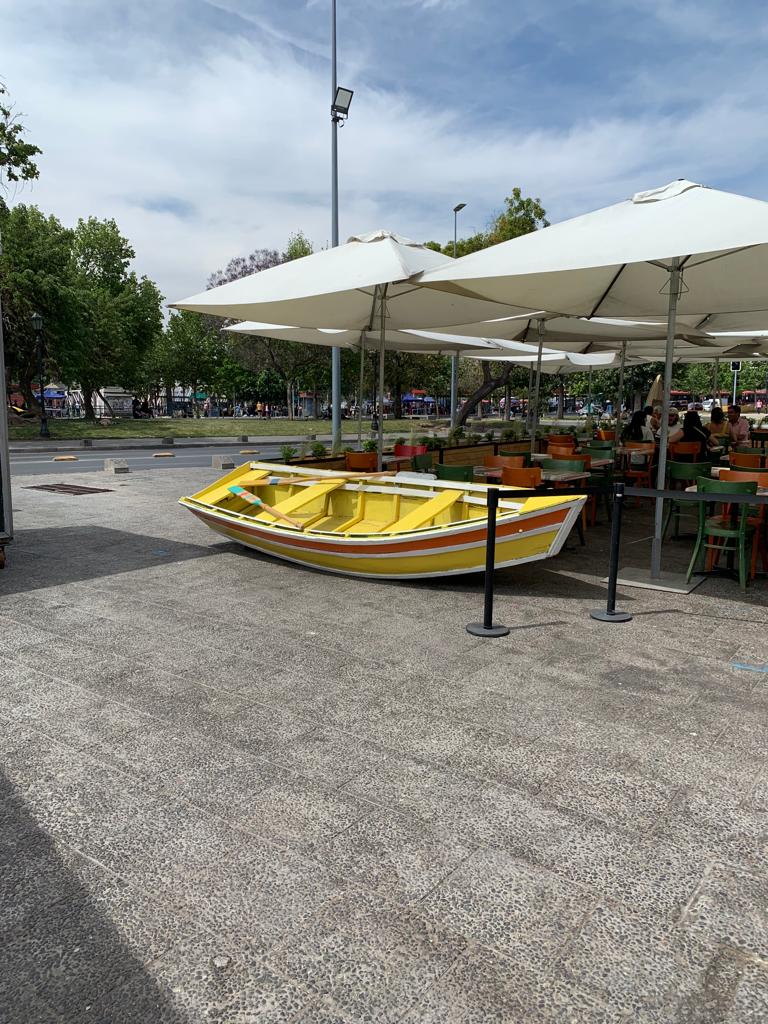Application of VECM to Measure Tourism Economic Impact on Sao Tome and Principe Integrating Macroeconomic Variables
Palabras clave:
Tourism, Economic Growth, Macroeconomic IndicatorsResumen
This quantitative research aims to analyze the long-run relationship and causality between economic development, tourism, and other macroeconomic variables in the context of Sao Tome and Principe (STP). First, the Augmented Dickey and Fuller (ADF) and Phillips and Perron (PP) unit root test is applied, followed by the Johansen cointegration test and the Vector Error Correction Model (VECM). Gross domestic product (GDP), tourism receipts (TR), foreign direct investment (FDI), Unemployment rate (UR), and Inflation (INF) are the variables used in the econometric model from 1993 to 2019. The findings indicate a positive long-run relationship between GDP and the explanatory variables TR and FDI. It also indicates a negative long-run relationship between GDP and the variables INF and UR. In terms of short-run causality, the results reveal a unidirectional causality running from GDP to FDI and INF and bidirectional causality between TR and INF. Furthermore, it suggests a long-run unidirectional causality from all independent variables to GDP. This is the first quantitative study that presents a new perspective of tourism in the context of STP by applying the VECM and integrating several macroeconomic variables.
Descargas
Publicado
Cómo citar
Número
Sección
Licencia
Autores que publicam nesta revista concordam com os seguintes termos:
Os Autores mantém os direitos autorais e concedem à revista o direito de primeira publicação, com o trabalho simultaneamente licenciado sob a Creative Commons Attribution License que permitindo o compartilhamento do trabalho com reconhecimento da autoria do trabalho e publicação inicial nesta revista.
Autores têm autorização para assumir contratos adicionais separadamente, para distribuição não-exclusiva da versão do trabalho publicada nesta revista (ex.: publicar em repositório institucional ou como capítulo de livro), com reconhecimento de autoria e publicação inicial nesta revista.
Autores têm permissão e são estimulados a publicar e distribuir seu trabalho online (ex.: em repositórios institucionais ou na sua página pessoal) a qualquer ponto antes ou durante o processo editorial, já que isso pode gerar alterações produtivas, bem como aumentar o impacto e a citação do trabalho publicado (Veja O Efeito do Acesso Livre).








